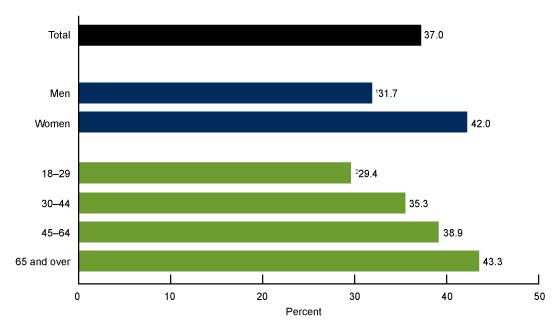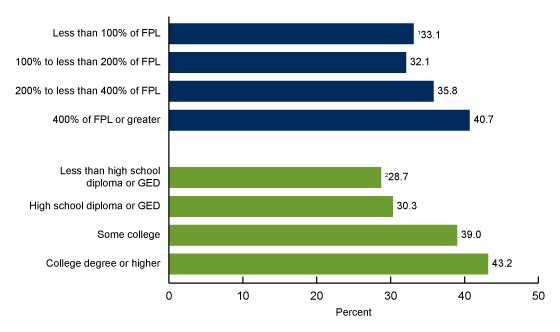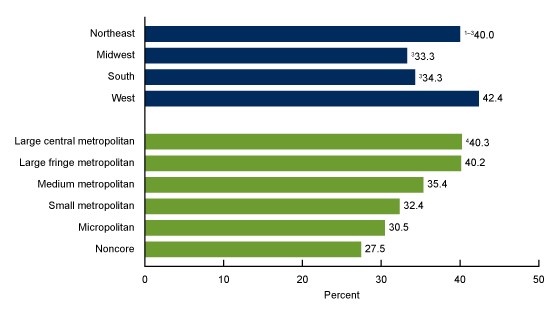
Who uses telemedicine the most?
In this article, it is discussed which people in the society are more likely to use telehealth?
“All the information in this article is related to the year 2021”
Telehealth, also called telemedicine or e-medicine, refers to the provision of healthcare services remotely over telecommunications infrastructure.
Telehealth allows healthcare providers to assess, diagnose, inform and treat patients without an in-person visit. Patients can communicate with doctors from their place using their personal electronic devices such as laptops, tablets, smartphones, etc.
In general, to use remote health services, you need to download an application that provides remote health and medical services, such as Tangela Care, or have a special phone number specified by the doctor's office to provide remote medical services.
Contact through the application:
After sharing information about medical history and symptoms, the patient is connected to a doctor remotely. Based on the physician's assessment, the call ends with further instructions, including over-the-counter or prescription medications and whether the patient needs a follow-up appointment.
What percentage of adults have used telehealth in the last 12 months, and are there differences based on factors such as age, gender, income, etc.?
In summary, in 2021, 37.0% of adults used telemedicine in the past 12 months. Differences in the use of telemedicine were observed based on sex, age, family income, education level, region and urbanization. Women used Telemedicine more than men. Additionally, telemedicine use was highest among those living in the Northeast and West regions, and use increased with age, education level, and with family incomes above 200% FPL. The use of telemedicine was higher in large cities and decreased with the decrease in urbanization.
Note the figures shown below:
Observed differences for the use of telemedicine based on gender and age

Figure 1. Percentage of adults aged 18 and over who used telemedicine in the past 12 months, by sex and age: United States, 2021
- Significantly different from women (p < 0.05)
- Significant linear trend by age (p < 0.05)
NOTES: Telemedicine use is defined as an appointment with a doctor, nurse, or other health professional by video or phone. Estimates are based on household interviews of a sample of the U.S. civilian noninstitutionalized population. Access data table for Figure 1.
SOURCE: National Center for Health Statistics, National Health Interview Survey, 2021.
Observed Differences in Telemedicine Use Based on Family Income as a Percentage of the Federal Poverty Level (FPL) and Education Level

Figure 2. Percentage of adults aged 18 and over who used telemedicine in the past 12 months, by family income and education level: United States, 2021
- Significant quadratic trend by family income as a percentage of FPL (p < 0.05)
- Significant linear trend by education level (p < 0.05)
NOTES: Telemedicine use is defined as an appointment with a doctor, nurse, or other health professional by video or phone. FPL is federal poverty level. Estimates are based on household interviews of a sample of the U.S. civilian noninstitutionalized population.
SOURCE: National Center for Health Statistics, National Health Interview Survey, 2021.
Observed differences in the use of telemedicine based on region and level of urbanization

Figure 3. Percentage of adults aged 18 and over who used telemedicine in the past 12 months, by region and urbanization level: United States, 2021
- Significantly different from the Midwest (p < 0.05)
- Significantly different from the South (p < 0.05)
- Significantly different from the West (p < 0.05)
- Significant linear trend by urbanization level (p < 0.05)
NOTES: Telemedicine use is defined as an appointment with a doctor, nurse, or other health professional by video or phone. Estimates are based on household interviews of a sample of the U.S. civilian noninstitutionalized population.
SOURCE: National Center for Health Statistics, National Health Interview Survey, 2021.
References:
- U.S. Department of Health and Human Services, Health Resources and Services Administration. Billing for telehealth during COVID-19
- National Center for Health Statistics. Telemedicine use: Household Pulse Survey
- U.S. Census Bureau. Poverty thresholds
- National Center for Health Statistics. Multiple imputation of family income in 2021 National Health Interview Survey: Methods. 2022
- Ingram DD, Franco SJ. 2013 NCHS urban–rural classification scheme for counties. National Center for Health Statistics. Vital Health Stat 2(166). 2014
- National Center for Health Statistics. National Health Interview Survey, 2021 survey description. 2022
- For more information about NHIS, visit: https://www.cdc.gov/nchs/nhis.htm

 Our Location
Our Location +1 (778) 723-6108
+1 (778) 723-6108
Leave Your Comment